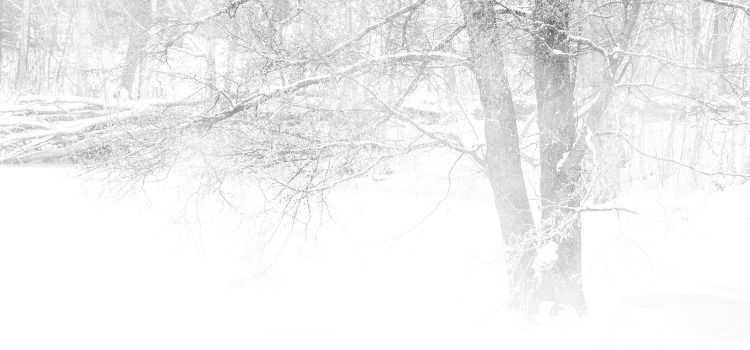It isn’t unheard of for a hurricane to bring three to five feet of snow. It is also not uncommon for tropical cyclones to move into colder air and produce snow.
Contents
Although this has only happened a handful of times in recorded history, the first hurricane to produce snowfall produced up to 48 inches of snow in some parts of Vermont. In fact, there have been as many as nine instances of snowfall from hurricanes.
Storms produced snow for the first time in recorded history.
One hurricane that brought a large amount of snow is Hurricane Larry in September 2021. It dumped a significant amount of snow in Greenland.
In Oregon, a storm system that brought measurable snow to Portland, Oregon, was responsible for triggering the city’s first April quantifiable snowfall. The snowstorm buried Portland with several feet of snow.
This is the first April snowfall in Portland, which experienced snowfall for the first time since 1940. The storm left more than 15 homes uninhabitable on the eastern shore of Long Island.
In addition to the blizzard, the country was hit by three separate blizzards within 20 days. The first storm, known as Hurricane Ginny, produced snow from its path from Florida to New England, where it dropped historic snowfalls.
It also brought thundersnow, when heavy snow is accompanied by thunder and lightning. Both storms impacted the transport systems in many cities, with subway and bus lines in New York City being crippled for hours. In Rahway, New Jersey, 32 inches of snow fell.
Cold air is needed to make snow.
There are a few critical ingredients for making snow in a hurricane. These ingredients include cold air and moisture. This combination will create the conditions for snow to form. Specifically, the air must be at or below zero degrees Celsius.
In addition, it must have a surface temperature that is cold enough to form clouds. These conditions are similar to what occurs during the snowy season in New England. One final ingredient is a storm system that collides with the jet stream.
The polar jet stream brings cold Arctic air to the eastern United States. The cold air will mix with warm air over the Gulf of Mexico. This mix of air will create a “nor’easter.”
Often, this combination of air temperatures will lead to thundersnow. Thundersnow is another feature that will occur during a winter storm. Both are caused by a layer of cold air that meets moist air closer to the ground.
Nor’easters form within 100 miles of the coast.
Nor’easters are storms that form near the coast, typically between New Jersey and Georgia. They develop when a low-pressure area hugs the coast 100 miles east or west of the East Coast. They move northeast and typically peak near New England or eastern Canada. As they progress, nor’easters are known for their high winds, which can cause coastal flooding. Here are the main reasons why they’re so dangerous.
The strongest nor’easter storms are Miller Type-A storms, which develop along the Gulf Coast and track northeast up the Eastern Seaboard. On the other hand, the Miller Type-B nor’easters originate in the Midwest, lose their low-pressure center, and reform along the eastern coastline. Nor’easters can last for several days or weeks, depending on their size and location. Nor’easters are extremely dangerous and should never be underestimated.
Water vapor in the air causes snow flurries.
Snow is a form of precipitation that occurs as water vapor condenses in the atmosphere. This happens when air temperatures rise above freezing, creating supercooled clouds.
Learn more about how does a hurricane affect the atmosphere here.
The ice crystals then combine with other snowflakes to form snowflakes. This process is similar to rain. During a hurricane, water vapor will be in the air, causing the snowflakes to fall to the ground.
When snow falls in the air, it can happen at various temperatures. The most common types of snowfall at temperatures of 15 deg F or higher. Warm air contains more vapor than cold air. The saturation value is the maximum amount of moisture at a given temperature.
The relative humidity is the percentage of water vapor in the air close to the maximum amount of water vapor present in the air at a particular temperature. It can vary from practically nothing in deserts to 100 percent in thick fog.
Weather conditions during a blizzard
A blizzard is a weather condition in which the air temperature drops below freezing and precipitation falls as snow. This occurs due to the combination of warm rising air and cold air colliding.
These conditions cause snow to fall and clouds to form, and in extreme cases, a blizzard can affect most of the United States. Blizzards also occur in tropical areas and on the California coast. The conditions required for a blizzard to develop are the same as any other type of weather condition.
Low-pressure systems can move out of the Rocky Mountains and onto the Great Plains when a blizzard occurs. This vast expanse of grassland and prairie is very vulnerable to high winds and heavy snow, making it difficult to travel and survive.
In addition, the lack of trees makes the area vulnerable to whiteout conditions, making it easy to become lost even in your own yard. Stay indoors or in a protected location is essential regardless of where you live.
Characteristics of an extratropical cyclone
An extratropical cyclone is a low-pressure weather system that occurs outside the tropical zones. This type of system does not exhibit the same characteristics as tropical cyclones. Still, it is connected to the planet’s surface through fronts and horizontal gradients in temperature, dew point, or moisture content.
These areas are known as baroclinic zones. Because these cyclones have a broad range of geographical locations, they are a common weather hazard.
Historically, cyclones have occurred as tropical systems move across the globe. The fifth Hurricane Ignacio, which struck the British Isles in September 2017, remained an extratropical cyclone as it moved south.
In this way, it left a legacy of destruction. It caused numerous traffic accidents and 78,000 power outages. Hurricane Charley also produced unprecedented storm surge for an August storm.
Conclusion
Yes, sometimes a hurricane can bring snow with it. However, snow and hurricane records are pretty much separated, except for the occasional odd storm that produces both in the same year.

